Oceania Leads the Way in Implementing Shark and Ray Protections
Workshops in the region will help countries implement new CITES commitments
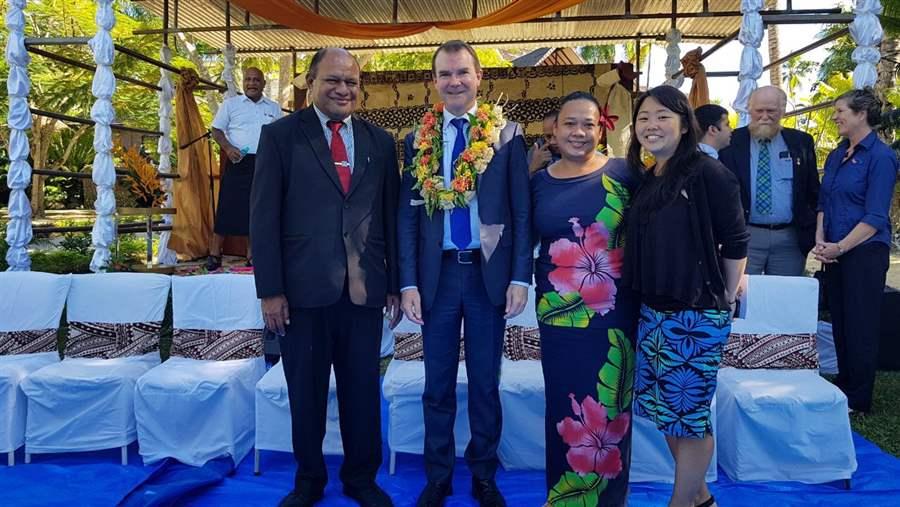
From left, Fiji Minister for Forests, Honorable Osea Naiqamu, CITES Secretary-General John Scanlon, SPREP Shark and Ray Conservation Officer Juney Ward, and the author before the start of the first regional CITES implementation workshop of 2017.
© The Pew Charitable TrustsAs the number of shark and ray species listed under the Convention on International Trade in Endangered Species of Wild Fauna and Flora (CITES) expands, so does the need for fisheries, customs, and environment officials to identify the parts of those animals that are being traded illegally and to look into how these listings will be implemented domestically.
To help meet that need, representatives from 17 countries gathered in Nadi, Fiji, in late May for the first of a series of training workshops to help governments implement their obligations under CITES.
Co-hosted by New Zealand and the Fijian government, the workshop featured regional and international experts in CITES, fisheries management, environmental advocacy, and shark conservation who counseled participating governments. Presenters included representatives from the CITES Secretariat, the Secretariat of the Pacific Regional Environment Programme (SPREP), and Interpol.
One focus of this workshop was to educate attendees on identifying silky sharks, thresher sharks, and mobula rays, all of which were added to Appendix II of the Convention in late 2016 to help curb the unsustainable trade levels threatening their survival. An Appendix II listing means that trade in the species can continue, as long as it is proved sustainable. The meeting also covered a wide range of other issues and species, including a look at how countries can develop domestic legislation to implement CITES, and how to develop scientific sustainability assessments that can support continued trade.
After the landmark step in 2013 that, for the first time, listed commercially traded shark species under CITES, governments and nongovernment organizations worldwide knew that effective implementation of these requirements was critical. That recognition spurred a groundswell of action unprecedented in the history of the CITES, including a global series of workshops hosted by The Pew Charitable Trusts, a 1.2 million-euro contribution by the European Union to help countries properly implement the new listings, the widespread sharing of implementation tools developed by the CITES Secretariat and the Food and Agriculture Organization, and the mobilization of a large network of scientists to help CITES parties develop nondetriment findings.
That global, sustained effort drove successful implementation of the listings and fueled enthusiasm to expand them at the CITES 17th Conference of the Parties (CoP17), held in September 2016. Bolstered by their ability to effectively identify CITES-listed shark species in trade and seize the illegally traded fins of these species, a record number of countries became co-proponents to list an additional 13 species of sharks and rays at CoP17. Needing a two-thirds majority vote to succeed, the 2016 listings were approved by upward of 16 votes for each of the three proposals, far surpassing the one-vote margin of victory the 2013 listings received.
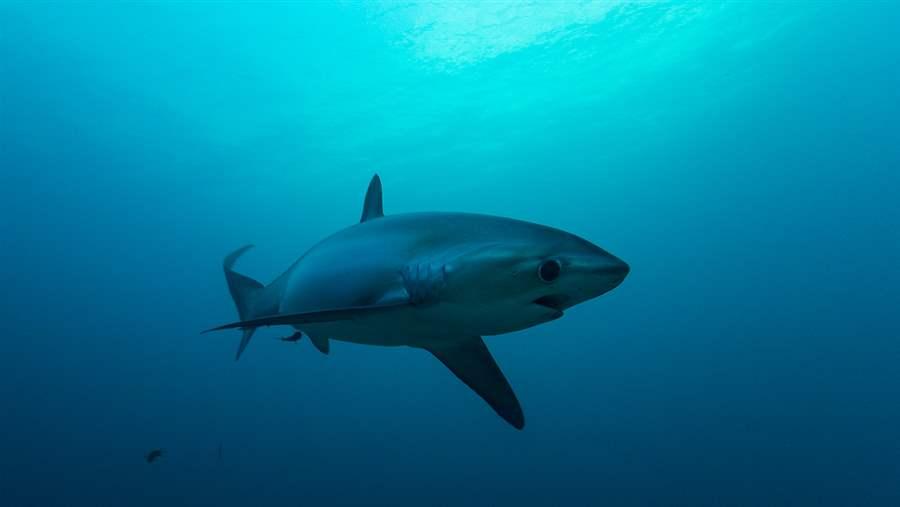
Three species of thresher sharks were among the 13 shark and ray species that received CITES trade protections in 2016.
© Steve de Nee
The workshop held in Fiji last month may be the first of 2017, but it won’t be the last. The EU has again committed funding to ensure effective implementation of the new shark and ray listings, and Pew is working to partner with governments across the globe to set up additional regional workshops over the next year. Pew will also continue to work with SPREP to support the Pacific region in implementing CITES and following up on the outcomes of this recent workshop.
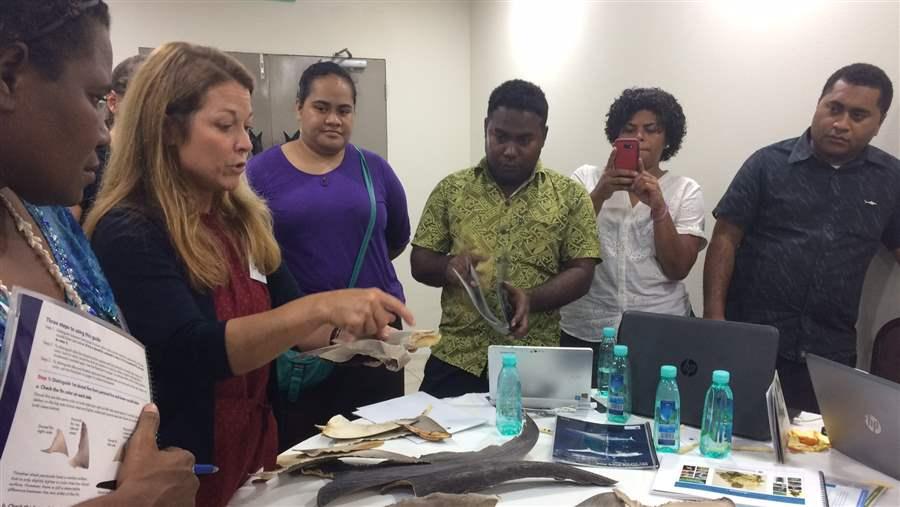
Debra Abercrombie, a shark fin identification expert, explains how to identify CITES-listed shark species at the May implementation workshop in Fiji.
© The Pew Charitable Trusts
Sharks have now become a cornerstone of the CITES Convention, with approximately 20 percent of the fin trade and all of the ray gill raker trade now regulated. As governments are realizing the importance of focusing on both the unsustainable international trade of sharks and their broader unsustainable mortality rates, they are beginning to turn toward stronger domestic management of all sharks found in their waters. This action will help ensure the future strength and effectiveness of CITES decisions made over the past four years.
Jen Sawada is an officer for The Pew Charitable Trusts’ global shark conservation program.


America’s Overdose Crisis
Sign up for our five-email course explaining the overdose crisis in America, the state of treatment access, and ways to improve care
Sign up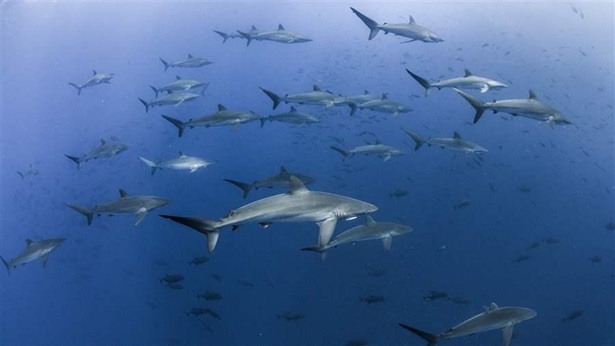
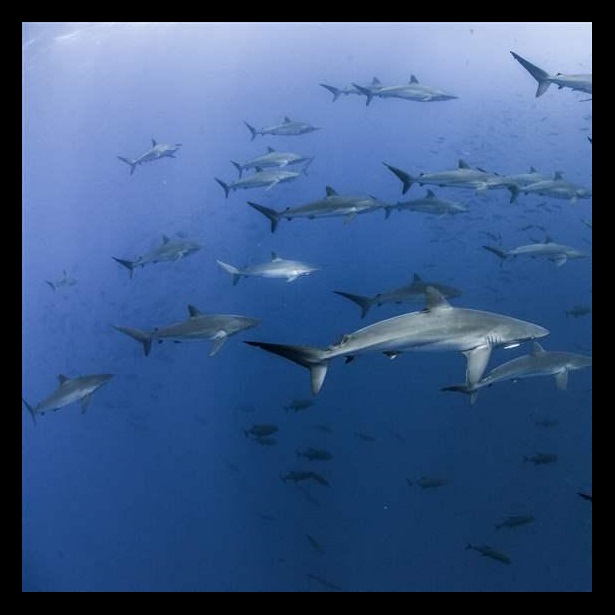
Pew Commends New Shark and Ray Trade Regulations
Silky sharks, thresher sharks, and mobula rays to receive much-needed protections
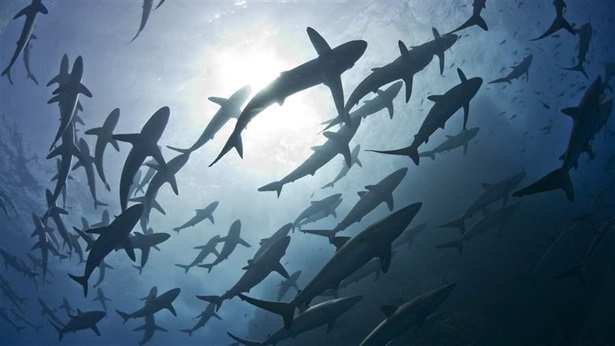
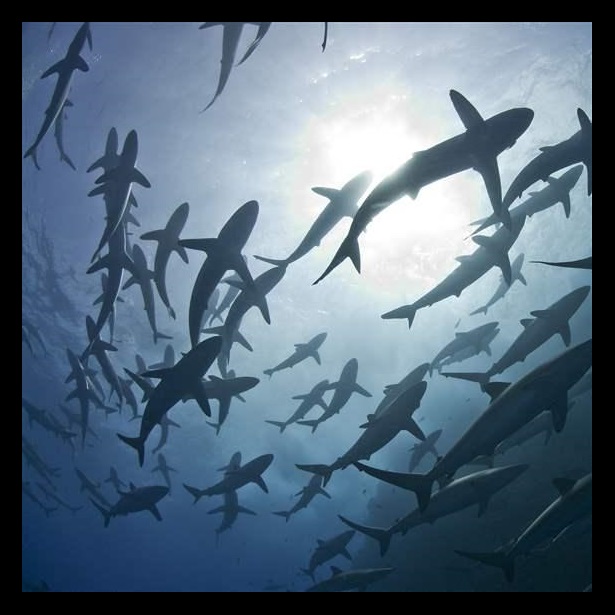
Protecting Sharks, Enforcing CITES
A global effort










